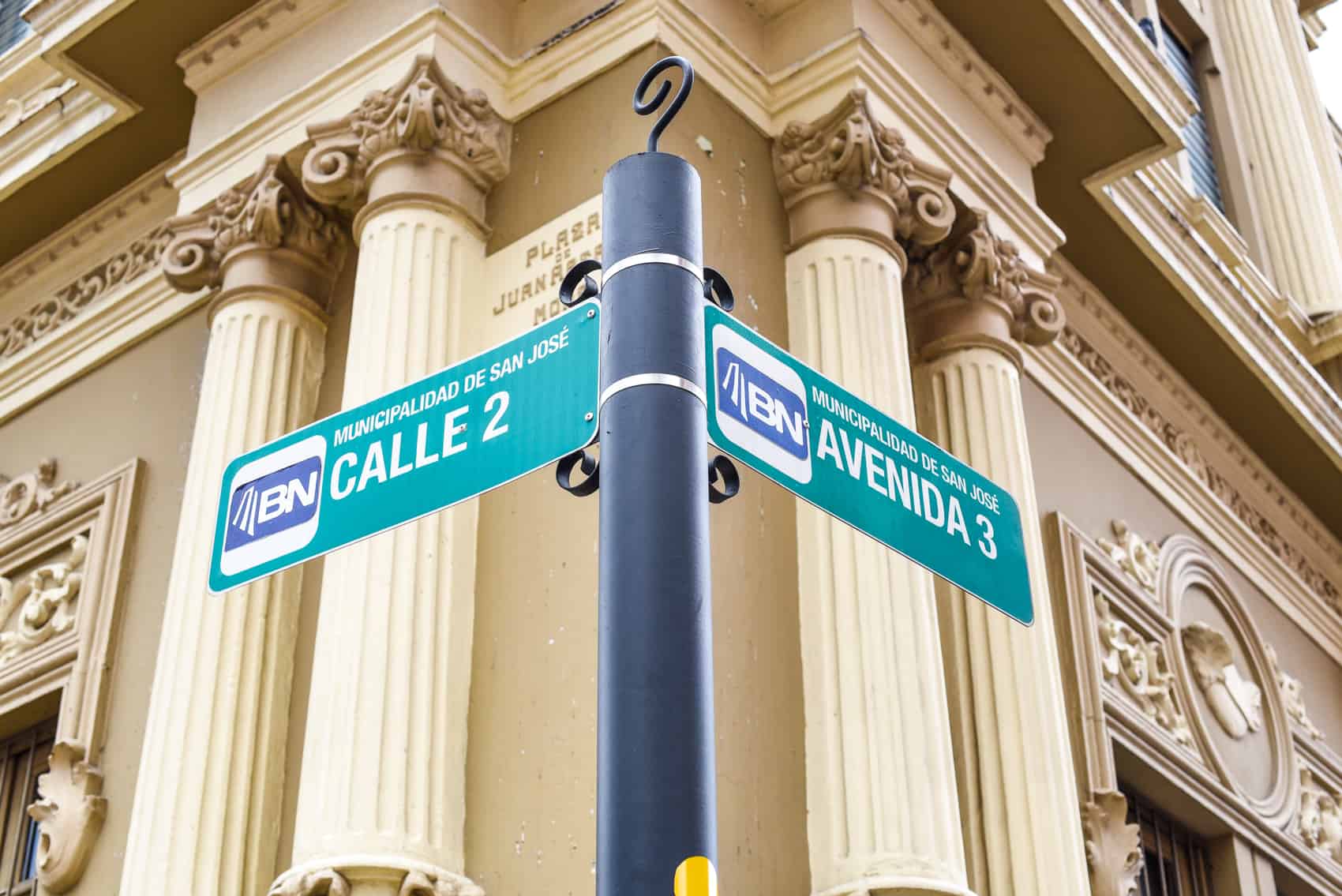It’s hard to explain to people back home that Costa Rica doesn’t have a postal system quite like other countries. How many times has a friend insisted on sending you a wedding invitation and asked for your address. You live where? Why is Taco Bell in your address?
Just email me, really – I say – I don’t have an address down here. Well, it turns out that’s not quite right.
The country does have a postal system complete with Costa Rica postal codes, street signs (in some places) and home delivery if you’re lucky enough to live in Central San José. That being said, 10 years after Costa Rica adopted a formal postal system the country has struggled to convince Ticos – even the government – to adopt it.
The postal service here, Correos de Costa Rica, is an autonomous, state-run enterprise whose majority stakeholder is the government. Like the U.S. Postal Service, the company doesn’t receive government subsidies but has an obligation to provide postal service to all parts of the country.
Correos spokesman Erick Jiménez said that when Costa Rica was a sleepier, more rural country postal workers knew where everyone lived. Using reference points like “where the old fig tree was” or “from the barking dog 500 meters south” weren’t a problem because everyone used to play on that tree and that dog belonged to your brother-in-law.
Jiménez said that postal workers today still have a good sense about the neighborhoods where they work, but in a country of 4.8 million people, the old fig tree doesn’t cut it anymore.
“It’s terrible for tourism,” Jiménez said. “What is someone visiting from the United States — which has a very clear postal system – supposed to do?”
The impact of Costa Rica’s, uh, unique postal system goes far beyond just inconveniencing a couple Gringo tourists. An oft-cited World Bank study from 2010 found that the country’s address-impaired system costs Costa Rica $720 million annually in lost business, items, bills and other inefficiencies.
“The economic impact is much greater than just the cultural one that people like to focus on,” Jiménez said. “We can’t keep going on like this.”
So, in 2002 Correos de Costa Rica partnered with the Spanish postal service to carve up the country into five-digit postal codes. In December 2005, Costa Rica adopted its first official postal system. In 2006, a group of four cantons started putting up street signs with financial assistance from the European Union.
Now, just because a country has a postal code doesn’t mean people use it. Jiménez said that Correos has been encouraging the Education Ministry to start teaching addresses in schools and public agencies to use the official address system, especially where there are street signs, but old habits die hard.
Out of the 81 cantons in Costa Rica only 20 have the street signs that are the backbone of a contemporary postal system, Jiménez said. In the meantime, here’s how to write your address:
How do I write my address?
To write your official address you’ll need to figure out a landmark and know the province, canton and district where you live.
Addresses in Costa Rica are relative. Even major landmarks like the Teatro Nacional or Casa Presidencial don’t have official addresses. The landmark can be just about anything permanent (so that barking dog doesn’t count). Jiménez said that the address should start with the landmark (“De la farmacia Fischel“) and then how many meters away it is (“75 metros al oeste“). If the point of reference is a park, school or church, use its actual name and say which corner of the building or park it is.
Let’s say you live in San Rafael de Escazú. The first number in the code indicates the province (San José), followed by the canton (Escazú) and the district (San Rafael). 1 (San José Province) 02 (Escazú Canton) 03 (San Rafael District).
So your address would be:
Fulano Fulanito
De la farmacia Fischel, 75 metros al oeste
San Rafael, Escazú, San José
10203
So who knows, maybe that wedding invitation will get to you after all — eventually.
Have a Costa Rica myth you want busted or a story you want fact-checked? Let us know on Facebook and Twitter.








